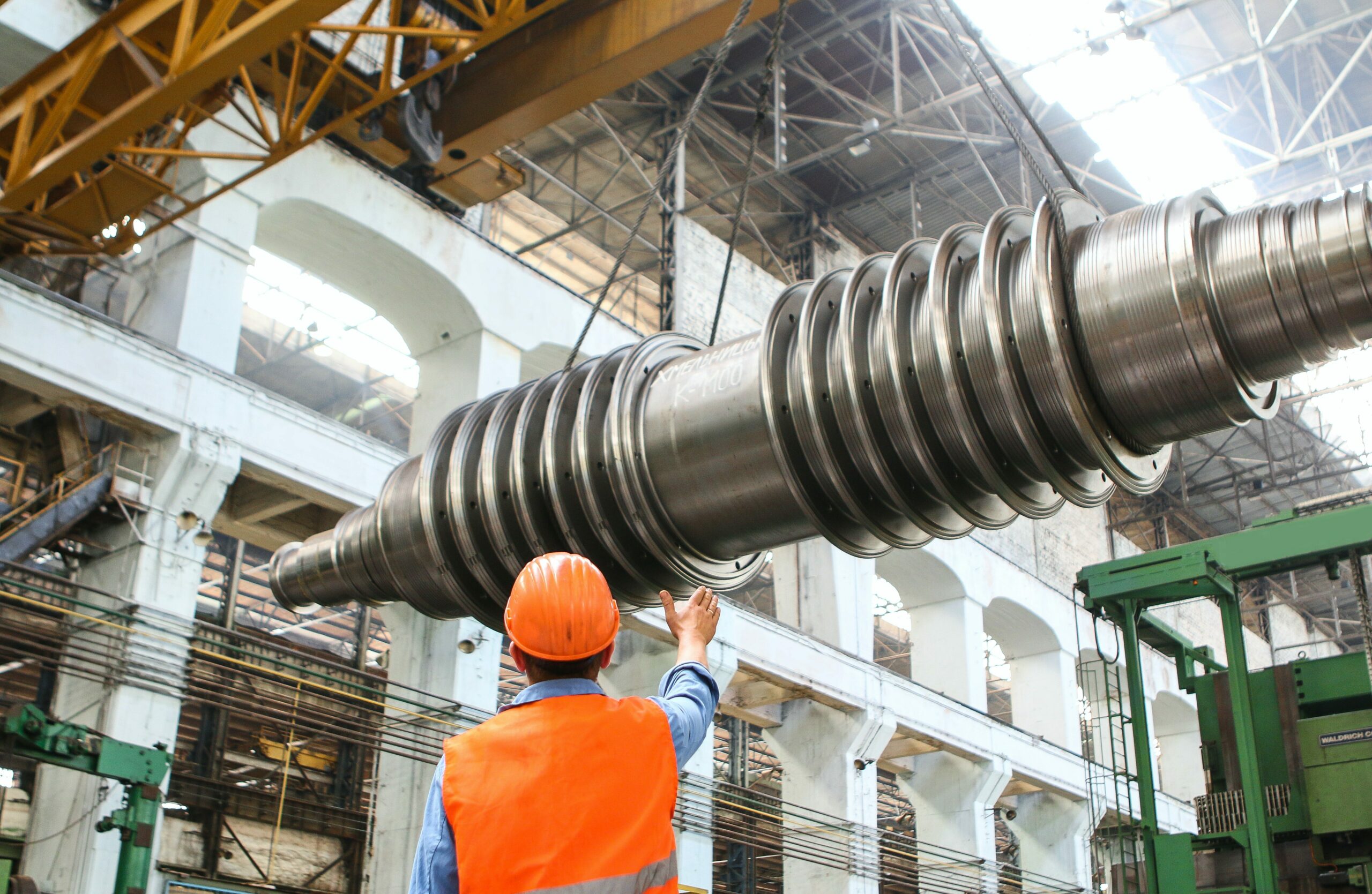It doesn’t quite seem like two years ago that the then Chancellor Rishi Sunak announced the latest relief for capital expenditure under the name ‘Super Deduction’. The Super Deduction was the first time in UK history that the Government has allowed more tax relief than the expenditure incurred.
With the introduction of the 25% Corporation Tax rate from 1 April 2023, it became clear that the 130% allowance was brought in to temporarily stimulate investment while the 19% Corporation Tax rate was still around. And with the removal of the 19% rate, the Super Deduction was also due to come to an end on 31st March.
It was noted in the Autumn Statement that, without any changes to the existing regime, the UK risked dropping to 33rd in the OECD in Net Present Value Terms in relation to capital reliefs. So rumours had been flying around that the Capital Allowances regime would be overhauled.
Annual Investment Allowance
The Autumn Statement announced that the current £1m Annual Investment Allowance (AIA), which allows a 100% write-off of both Main Pool and Special Rate Pool expenditure, will be made permanent. As a reminder, the Main Pool covers items such as Plant & Equipment, Tooling, Computer Equipment and Commercial Vehicles, while the Special Rate Pool covers items integral to a building, such as light, water and heating systems, as well as Solar panels. Cars do not qualify for AIA.
But the Spring Budget was the Chancellor’s next opportunity to drive business investment and growth with further changes.
And what was announced was ‘Full Expensing’ for at least the next three years. As it sounds, Full Expensing allows capital expenditure to be written off in full, but unlike the AIA, there is no limit on Full Expensing relief.
So, why do we still need the AIA?
Well, like the soon-to-end Super Deduction, Full Expensing is only available to those entities subject to Corporation Tax on Main Pool assets (not cars) which are acquired brand new and not for the purposes of leasing.
Therefore, the £1m AIA will still be useful for claims by unincorporated businesses and corporates purchasing second-hand assets, those for leasing and Special Rate Pool assets. From personal experience, Solar Panels are popular purchases these days within the Special Rate Pool, so there is a clear need for the AIA to continue.
If purchases within the Special Rate Pool do exceed the AIA available, there is also an extension of the 50% First Year Allowances for the next three years, too, so further relief would still be available.
However, with Full Expensing, or 50% first-year allowance claims, comes a warning that immediate balancing charges will arise on disposals. These balancing charges will be equal to 100% of the disposal value of assets in the case of full expensing and 50% of the disposal value in the case of the 50% first-year allowance. Therefore, it may be better to continue claiming the AIA on all eligible purchases first.
In summary, the Full Expensing rules will no doubt be welcomed by those businesses spending over £1m on new plant & machinery and may help make the UK an attractive place to locate for global businesses. But as the Government’s own figures showed that 99% of businesses’ capital expenditure would have been fully relieved by the AIA in any case, it remains to be seen whether it will make a significant difference to the growth of UK businesses as a whole.
If you have any questions in relation to the capital allowances regimes, please get in touch with your normal BHP contact.
This material is for informational purposes only and should not be relied upon as professional advice.



